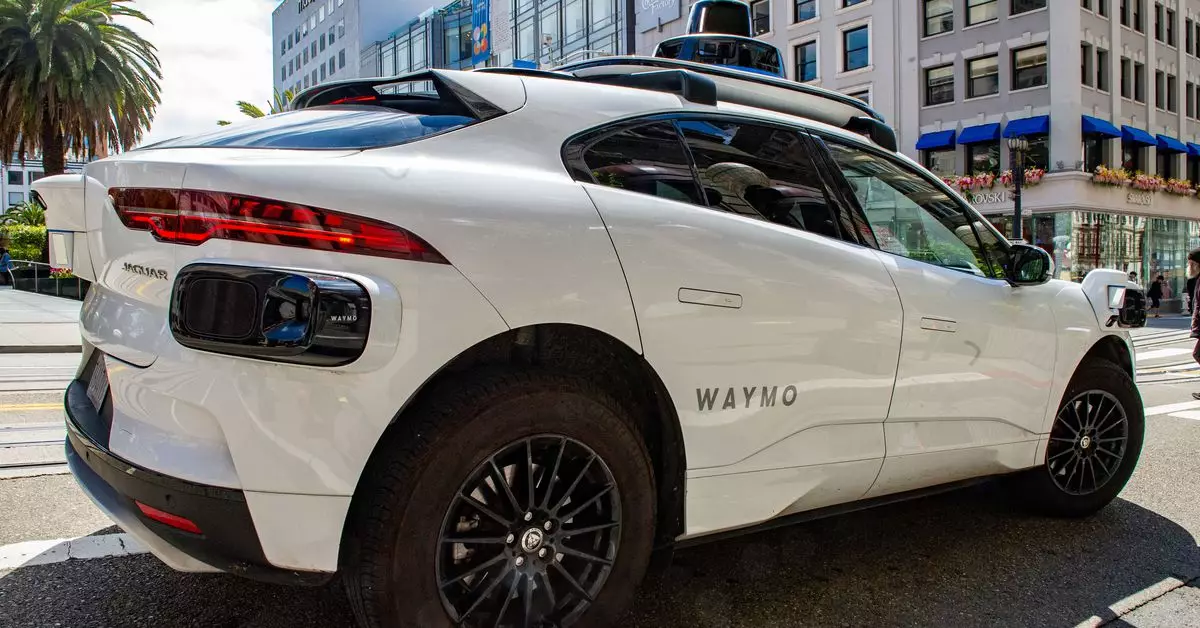In an era where the landscape of transportation is rapidly evolving, Waymo’s decision to introduce its autonomous vehicles to Tokyo marks a significant milestone for the company. This bold venture represents the first occasion that Waymo, a subsidiary of Alphabet Inc., will operate its vehicles on public roads outside of the United States. This initiative is more than just a geographical expansion; it exemplifies the meticulous approach Waymo is taking to understand the intricacies of a foreign driving culture while gathering vital data for future applications.
The announcement has generated buzz, not only because of the new territory but also due to the complexities involved in Japan’s distinct driving rules, such as driving on the left side of the road. Waymo plans to launch with around 25 vehicles, commencing their operations in early 2025, under the guidance of Nihon Kotsu, a prominent taxi operator in Japan. Initially, these vehicles will be driven manually to acquire mapping data specific to busy urban settings like Tokyo, where dense populations and intricate street layouts present unique challenges.
While many view this move as a prelude to establishing a fully operational robotaxi service in Tokyo, Waymo remains cautious about outlining any definitive plans. According to spokesperson Sandy Karp, the primary goal is to understand how Waymo’s technology can integrate within the existing transportation framework rather than immediately serving riders. This approach reflects Waymo’s overall strategy of prioritizing thorough groundwork and research before launching commercial services, contrasting sharply with the aggressive timelines of some competitors in the autonomous driving space.
There’s also speculation surrounding Waymo’s partnership with GO, a prevalent taxi application in Japan, indicating a possible strategic direction toward collaboration with local mobility providers. This method mirrors the company’s existing model in the U.S., where it has effectively partnered with ride-hailing giants like Uber in cities such as Austin and Atlanta. Nevertheless, the slow yet steady growth in Waymo’s robotaxi operations raises questions about the feasibility and scale of such services in an entirely new market.
Despite the tantalizing prospects of this venture, considerable challenges remain. Japan’s automobile market has typically been conservative when it comes to fully embracing autonomous technology, especially in comparison to the aggressive testing and deployment occurring in the United States and China. Major Japanese manufacturers like Toyota and Nissan have shown interest in exploring autonomous vehicle technology but have largely focused their efforts abroad, particularly in collaborations within China. This reality presents a more challenging environment for Waymo, as it enters a landscape where local manufacturers may not be as supportive of remote competitors.
Furthermore, it is essential to consider the cultural context within Japan, where public perception of technology, especially concerning safety, is paramount. The Japanese society has historically prioritized security and reliability in transportation, and any disruption caused by autonomous vehicles would need careful navigation to gain public acceptance. The initial implementation phase, with trained specialists overseeing operations, is a calculated move to foster trust while ensuring that safety remains uncompromised.
Waymo’s venture into Tokyo is particularly relevant in today’s context, as other industry leaders—including General Motors—are reevaluating their autonomous vehicle strategies. GM’s Cruise division has pivoted away from extensive funding for robotaxi services, instead focusing on driver-assist technologies and personal autonomous vehicles. This pivot illustrates the volatility and cautious optimism that pervades the autonomous driving sector, wherein ambitious goals often clash with practical challenges.
As Waymo forges ahead, the company aims not only to project confidence in its technological capabilities but also to adapt its operation to align with local regulatory frameworks and community expectations. The journey ahead for Waymo in Tokyo will shed light on the future trajectory of global autonomous vehicle deployment, offering valuable lessons about adaptation, partnerships, and the ongoing quest for acceptance in diverse markets. Whether or not this venture succeeds will be a crucial litmus test for both Waymo and the broader autonomous driving industry as it seeks larger footholds in international domains.

